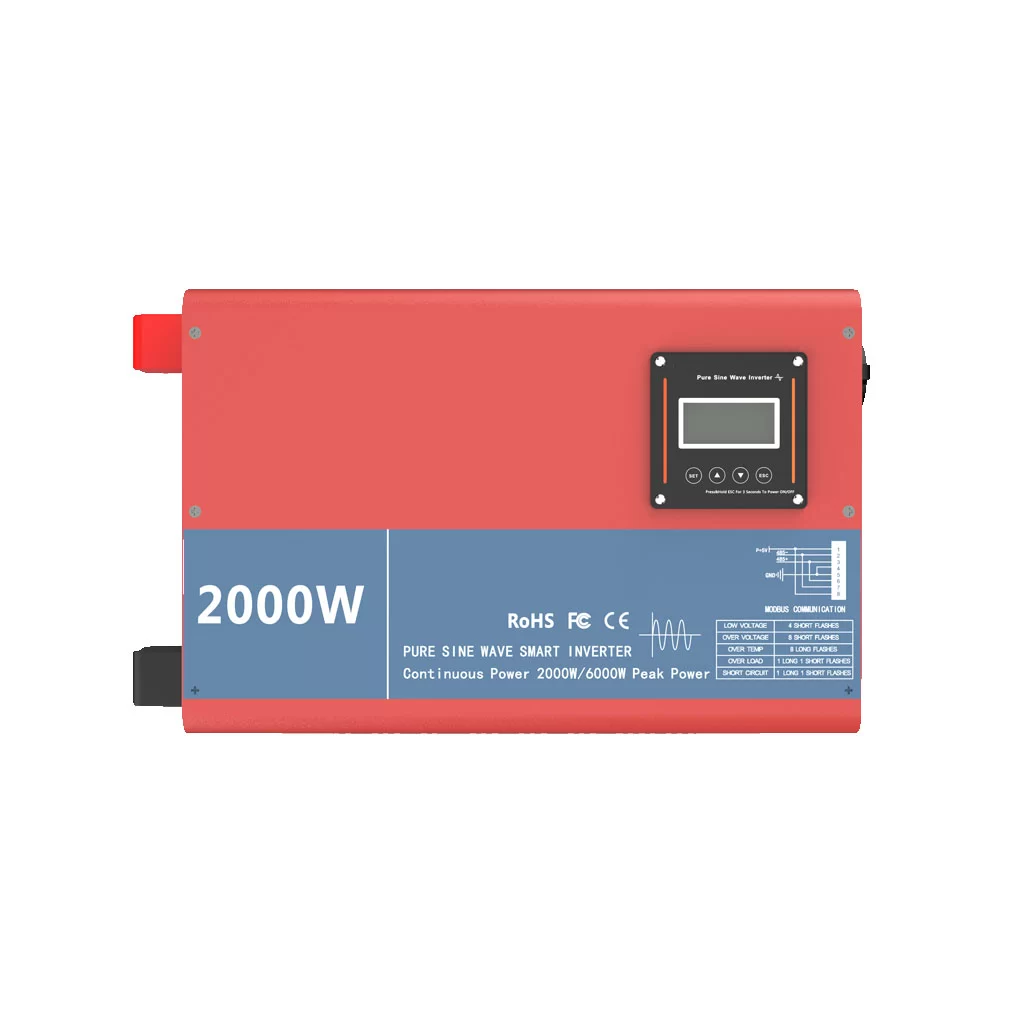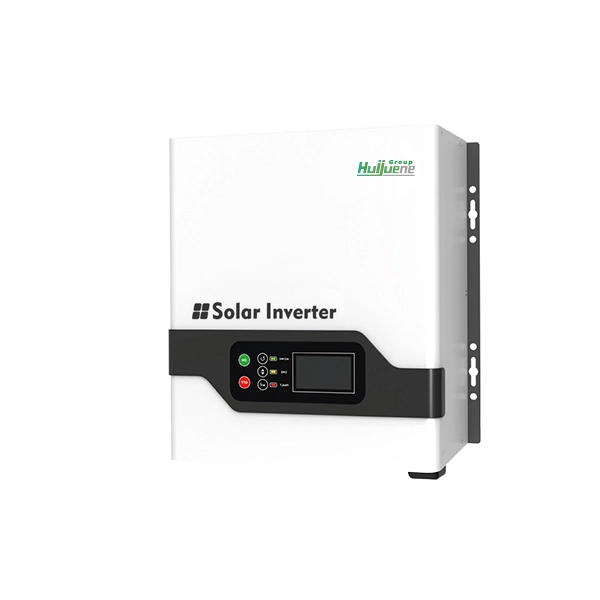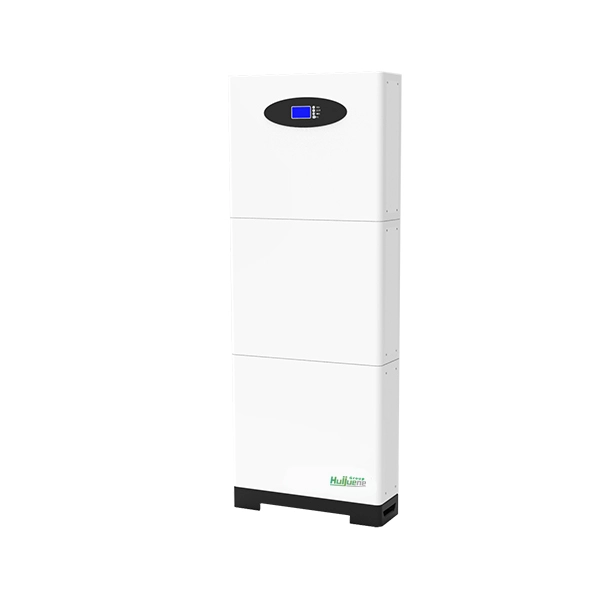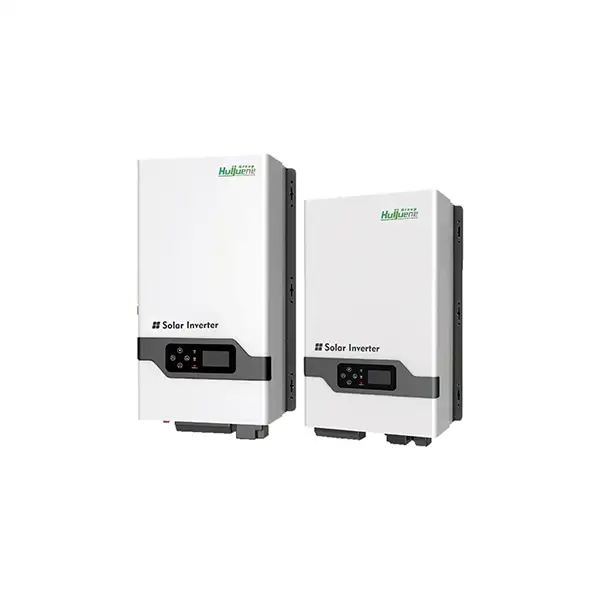Grid-Connected Energy Storage Inverters: Enhancing Power Management and Efficiency
Grid-connected energy storage inverters are a critical component in modern power systems, playing a vital role in integrating renewable energy sources, such as solar and wind, with the electrical grid. These inverters convert direct current (DC) from energy storage systems or solar panels into alternating current (AC) that can be fed into the grid or used to power homes and businesses. In this article, we will explore the functionality, benefits, and types of grid-connected energy storage inverters, and why they are essential in the evolving landscape of energy management.
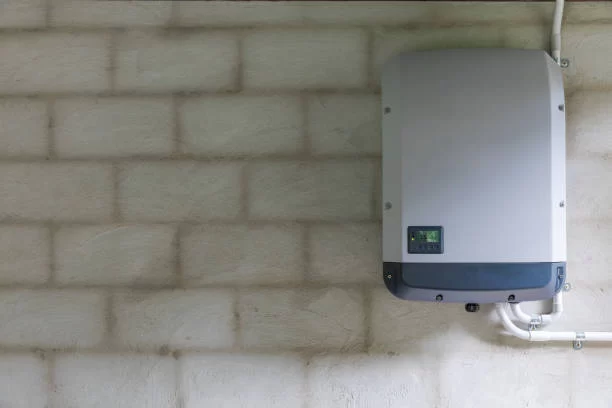
What Are Grid-Connected Energy Storage Inverters?
Definition and Functionality
A grid-connected energy storage inverter is a device that not only converts DC electricity from batteries or solar panels into AC electricity but also manages the flow of energy between the storage system, renewable energy sources, and the grid. This type of inverter is designed to maintain grid stability, optimize energy use, and ensure a reliable power supply.
Key Functions:
Conversion of DC to AC Power: The primary function of these inverters is to convert the DC power stored in batteries or generated by solar panels into AC power, which is the standard form of electricity used by most appliances and for feeding back into the grid.
Energy Management: They regulate the charging and discharging of the storage system, ensuring that excess energy is stored during periods of low demand and released during peak demand times.
Grid Stabilization: By providing ancillary services such as frequency regulation and voltage support, these inverters help stabilize the grid, especially when integrating intermittent renewable energy sources.
Benefits of Grid-Connected Energy Storage Inverters
1. Improved Energy Efficiency
Grid-connected energy storage inverters enhance overall energy efficiency by optimizing the use of generated and stored energy. By intelligently managing the flow of energy between the grid, storage systems, and local loads, these inverters reduce waste and improve the economic efficiency of power systems.
2. Enhanced Grid Stability
With the growing penetration of renewable energy sources, maintaining grid stability has become more challenging. Grid-connected energy storage inverters contribute to grid stability by providing real-time power management, which helps balance supply and demand and mitigate the effects of intermittent renewable energy sources.
3. Cost Savings and Energy Independence
By maximizing the use of locally generated renewable energy, these inverters can reduce reliance on grid power, leading to lower electricity bills. Additionally, they allow for energy independence, as they enable households and businesses to store excess energy and use it when needed, reducing dependency on the grid during peak hours or outages.
4. Scalability and Flexibility
Grid-connected energy storage inverters are designed to be scalable and flexible, making them suitable for a wide range of applications, from small residential systems to large commercial and industrial setups. Their modular design allows users to easily expand their energy storage capacity as their energy needs grow.
5. Support for Renewable Energy Integration
These inverters facilitate the integration of renewable energy sources by managing the variability of solar and wind power. They ensure that the energy generated by renewables is effectively utilized, stored, or fed back into the grid, thus supporting the transition to a more sustainable energy future.
Types of Grid-Connected Energy Storage Inverters
1. String Inverters
String inverters are commonly used in small to medium-sized solar installations. They connect a series of solar panels (a string) to the inverter, which then converts the DC electricity produced by the panels into AC electricity for use or for feeding into the grid. String inverters are known for their simplicity, reliability, and cost-effectiveness, making them a popular choice for residential and small commercial installations.
2. Microinverters
Microinverters are installed on individual solar panels, converting DC to AC at the panel level. This configuration allows for better performance in installations where shading or orientation differences could impact energy production. Microinverters provide greater efficiency and reliability, as the failure of a single inverter does not affect the entire system.
3. Hybrid Inverters
Hybrid inverters, also known as battery-based inverters, are designed to work with both solar panels and battery storage systems. They manage the charging and discharging of batteries and allow for both on-grid and off-grid operation. Hybrid inverters are ideal for applications where energy independence and backup power are important.
4. Central Inverters
Central inverters are used in large-scale solar installations, such as solar farms and industrial applications. They connect multiple strings of solar panels to a single, large inverter, which converts the combined DC electricity into AC. Central inverters offer high efficiency and are suitable for installations where space is not a constraint.
Key Technologies in Grid-Connected Energy Storage Inverters
1. Advanced Power Electronics
Modern grid-connected energy storage inverters use advanced power electronics to achieve higher efficiency and reliability. Technologies like silicon carbide (SiC) and gallium nitride (GaN) are being used to create more compact, efficient, and durable inverters that can handle higher power densities and operate at higher temperatures.
2. Smart Inverter Features
Smart inverters come with built-in communication capabilities that allow them to interact with the grid and other smart devices. They can provide real-time data on energy production and consumption, perform remote diagnostics, and integrate with home energy management systems. These features help optimize energy use and improve grid reliability.
3. AI and Machine Learning Integration
Artificial intelligence (AI) and machine learning are being integrated into grid-connected energy storage inverters to enhance their performance and adaptability. AI algorithms can predict energy production and consumption patterns, optimize battery charging and discharging, and provide predictive maintenance alerts, improving overall system efficiency and lifespan.
4. Grid Support Functions
Modern inverters are equipped with grid support functions like voltage regulation, frequency response, and reactive power control. These capabilities allow inverters to provide ancillary services to the grid, improving stability and reliability, especially when integrating large amounts of renewable energy.
Future Trends in Grid-Connected Energy Storage Inverters
1. Increased Integration with Smart Grids
As smart grid technology continues to evolve, grid-connected energy storage inverters will play a crucial role in balancing supply and demand, managing distributed energy resources, and enhancing grid resilience. This integration will lead to more efficient energy distribution and greater reliability.
2. Development of More Efficient Battery Technologies
Advancements in battery technologies, such as solid-state batteries and high-density lithium-ion batteries, will further enhance the performance of grid-connected energy storage inverters. These new batteries offer higher energy density, longer life, and improved safety, making them ideal for use with advanced inverter systems.
3. Cybersecurity Enhancements
As more inverters are connected to the internet for remote monitoring and control, cybersecurity will become a critical concern. Future grid-connected energy storage inverters will incorporate enhanced security features to protect against cyber threats and ensure the safe and reliable operation of the energy grid.
Conclusion
Grid-connected energy storage inverters are essential for modern energy management, providing a bridge between renewable energy sources, energy storage systems, and the electrical grid. With their ability to enhance energy efficiency, improve grid stability, and support the integration of renewable energy, these inverters are key to building a sustainable and resilient energy future. To explore how our advanced grid-connected inverters can optimize your energy systems, visit our grid-connected energy solutions page and discover our range of products designed to meet your needs.


